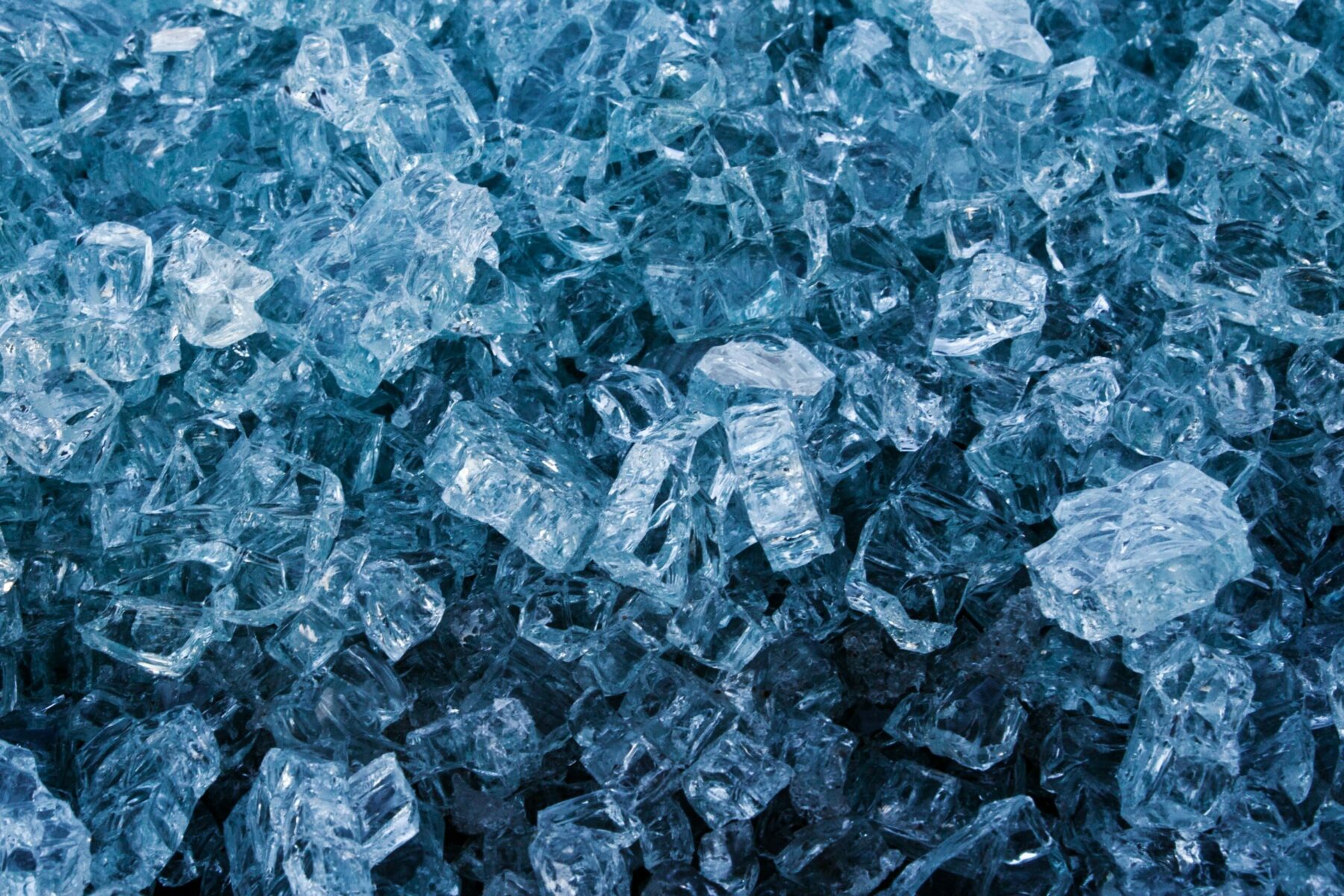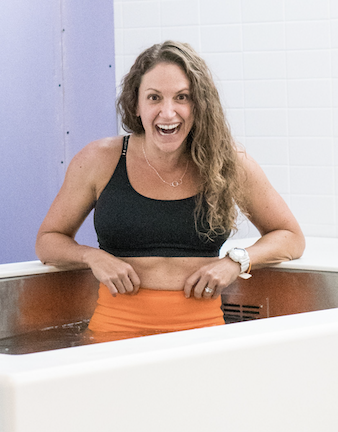How the Temperature Works in Ice Baths

Do you ever wonder what’s happening to your body when you submerge yourself in an ice bath or a cold plunge? You know you feel good after, but maybe you’re not sure exactly why. Do you ever wonder how long you should be submerged and at what specific temperatures? Let’s dig into the research and see what science tells us.
The word “cryotherapy,” if broken down, means “cold therapy.” For this article, we’ll reference cold water therapy as the form of cryotherapy, as this type of therapy is much more heavily researched and has more data and protocols associated with its uses.
You’ve probably heard a plethora of benefits from the use of cold exposure because it’s an ancient practice dating back many centuries. Some known benefits include that it aids in decreasing muscle soreness, improves muscle recovery after physical exertion and decreases inflammation, but some may not know some of the other benefits, such as its effect on cognitive performance and immune function.
These benefits may be due to something called “hormesis,” an introduction of a positive stressor to the body that triggers a favorable biological response. Hormesis triggers mechanisms that protect your body from future negative and harmful stressors. In short, if you apply a positive stressor to your body, like taking a 3-minute cold plunge in 50-degree water or getting into a 150-degree sauna for 20 minutes, you’re making your body more resilient and protecting it from a future negative stressor it may encounter, like a virus.
Now you’re asking, but how cold? Dr. Andrew Huberman, Ph.D., a neuroscientist and professor at the Stanford University School of Medicine, says this is the most common question he hears. But the question of temperature, he says, is impossible to answer because it truly depends on your tolerance to cold temperatures. The rule of thumb is that the water temperature should evoke the thought, “This is really cold, and I want to get out but I’m going to safely stay in.” This could be in the low 30-degree temperature range for some or all the way to the low 60-degree temperature range for others.
But here’s the key: The colder the water, the shorter the duration that’s required to gain the physiological benefits. According to a study, an hour-long exposure to neck-deep cold water at 57 degrees Fahrenheit increased norepinephrine by 530% and dopamine by 250%, whereas just a 20-second whole body dip in 40 degrees Fahrenheit water increased norepinephrine by 200 to 300%.
So, if the water temperature is 50 degrees, aim for three minutes if you can tolerate it, as this will give your body time to shift into “parasympathetic mode” (rest and digest) versus “sympathetic mode” (flight or fight) because it allows you time to focus on controlling your breath. Our initial response when we enter cold water is to hyperventilate. Continued focus on your breath and continued cold exposure will help your body adapt to not only the temperatures but your response to it.

But what are norepinephrine and dopamine, and why are they important to our brain health? Norepinephrine is a neurotransmitter involved in vigilance, focus, attention and mood. It’s the key player in the mood- and cognitive-enhancing effects of cold exposure. Low norepinephrine activity is associated with inattention, decreased focus and cognitive ability, low energy and poor mood. So depletion of norepinephrine can lead to depression. In fact, both ADHD and depression are sometimes treated with norepinephrine reuptake, but these drugs carry risks. However, there are studies and anecdotal evidence suggesting that cold exposure improves mood and may help treat depression in individuals diagnosed with depression.
Nevertheless, this robust release of norepinephrine into the bloodstream and locus coeruleus (the brain’s main source of norepinephrine) during even short periods of time in cold water is easily one of the most consistent and profound physiological responses from which we can all benefit.
Dopamine is a powerful neurotransmitter your body makes, and your nervous system uses it to send messages between nerve cells. This molecule is capable of elevating mood as well as enhancing focus, attention and goal-directed behavior. As stated above, even short bouts of cold exposure can cause a lasting increase in dopamine levels and sustained elevation of mood, energy and focus. Interestingly, according to Huberman, studies have shown that cold exposure can have the same increase in dopamine levels as cocaine but without the corresponding drop below baseline, aka the crash. While not true of every hormetic stress, cold exposure causes a prolonged release of dopamine.
I don’t know about you, but that information is quite mind-blowing! Deliberate cold exposure has some amazing benefits! And the better news is if you cannot tolerate extremely cold temperatures, you can begin with higher temperatures and simply extend your cold plunge time.
These are just a few of the many benefits of performing cold water immersion via cold plunges or ice baths, and you can reap the benefits from getting in a variety of different cold tub temperatures depending on the length of time you’re in the water (i.e. you’ll need to stay in longer if the temperature is warmer).
If you’ve never tried cold water immersion before, I strongly recommend you find a facility that will walk you through it the first few times until you feel more comfortable doing it on your own. You can also begin building your tolerance by incorporating cold showers into your routine. I hope this information has been helpful and that I’ve convinced you to begin implementing cold exposure into your life!
About the Author

Jessica Tranchina, PT, DPT, is a co-founder of Generator Athlete Lab and has been an athlete her whole life. As the creator of the Generator Method, Tranchina works to help guide others to better performance and recovery and is passionate about bringing the active community of Austin together from all fitness levels and athletic backgrounds. She is the owner of PRIMO Performance and Rehabilitation, which started in Austin in 2010, where her expertise and unique skill set have been established as one of the best in her field. NASM-CPT, ART Certified Provider, CKTP.






